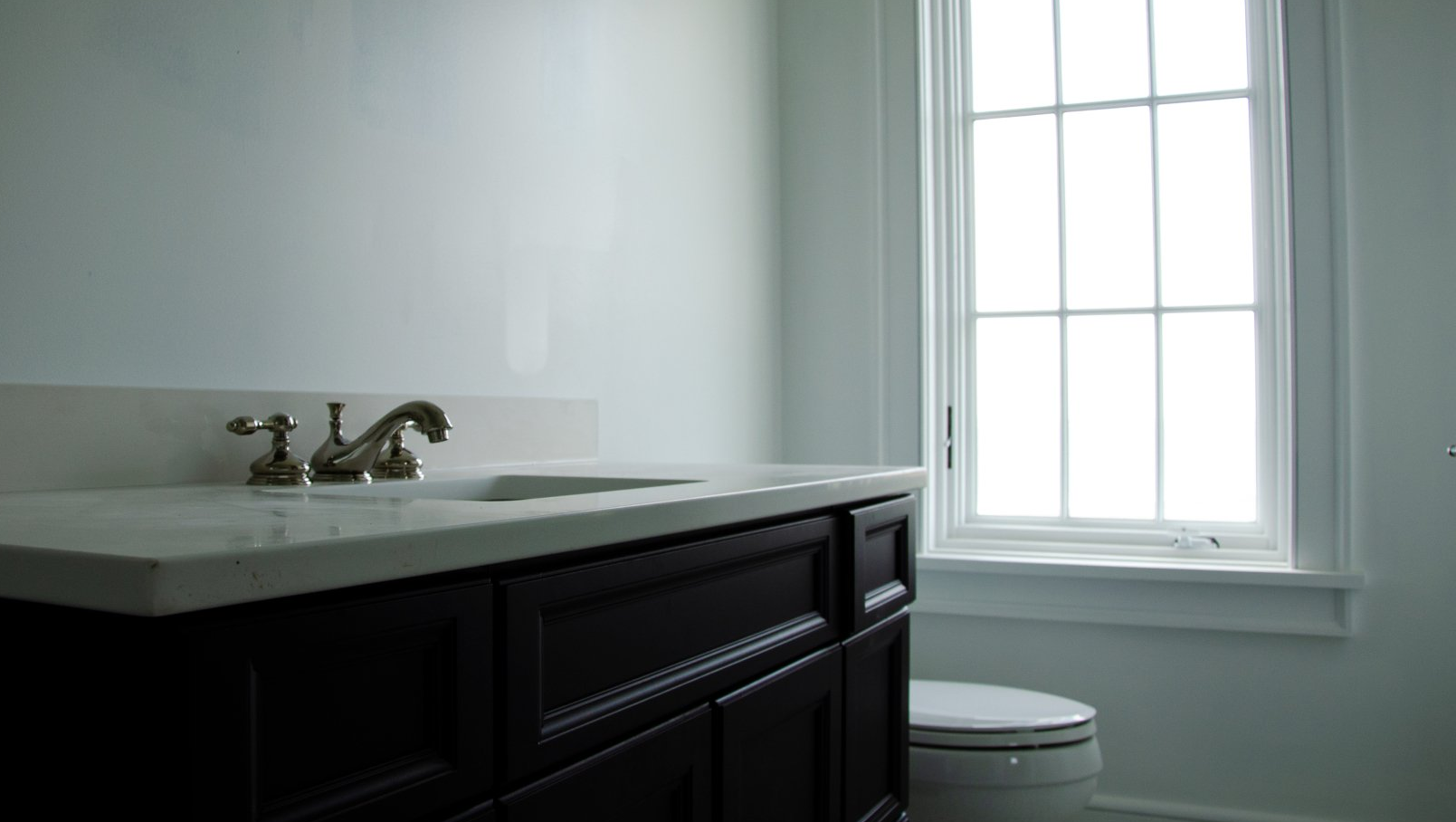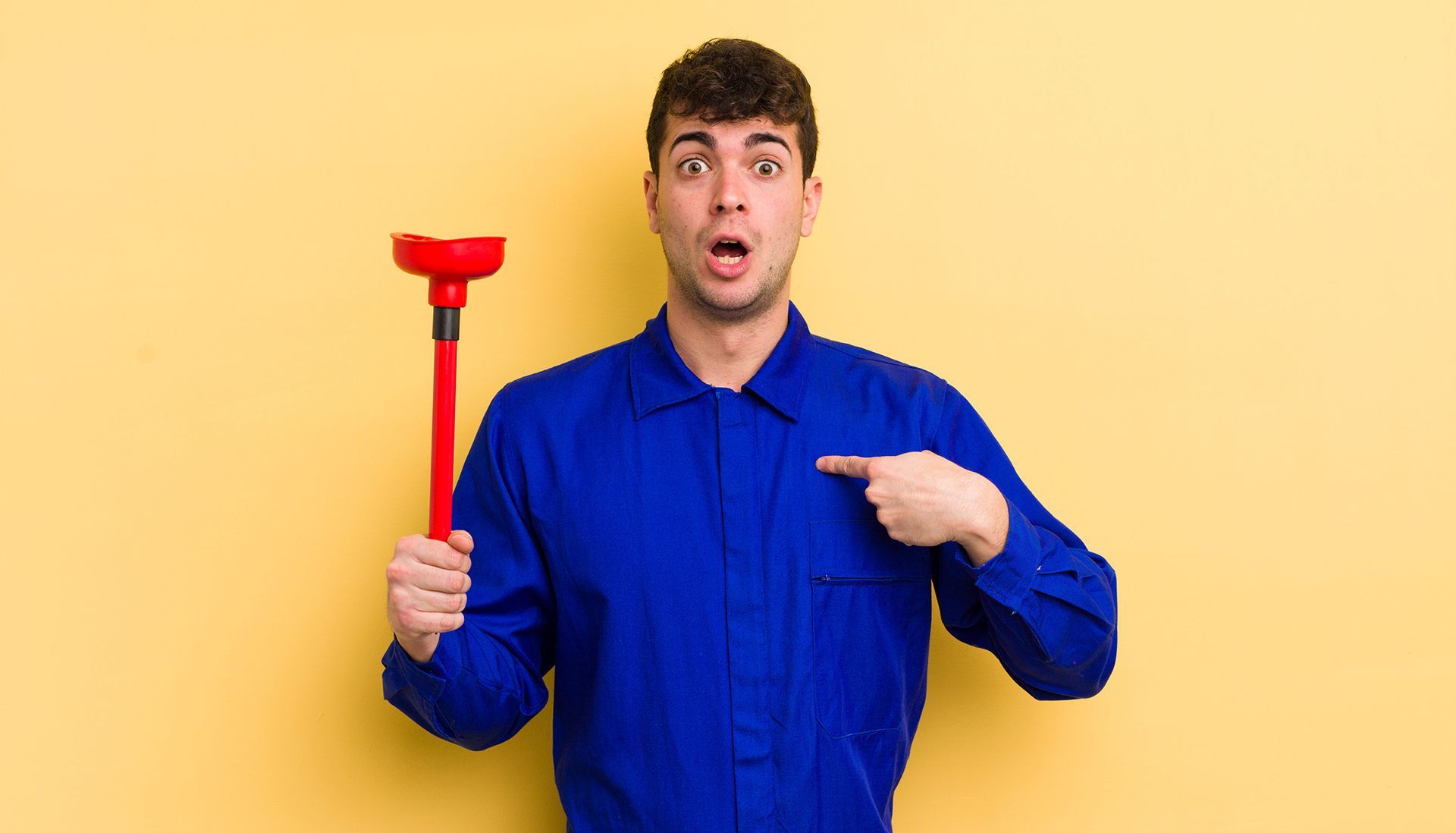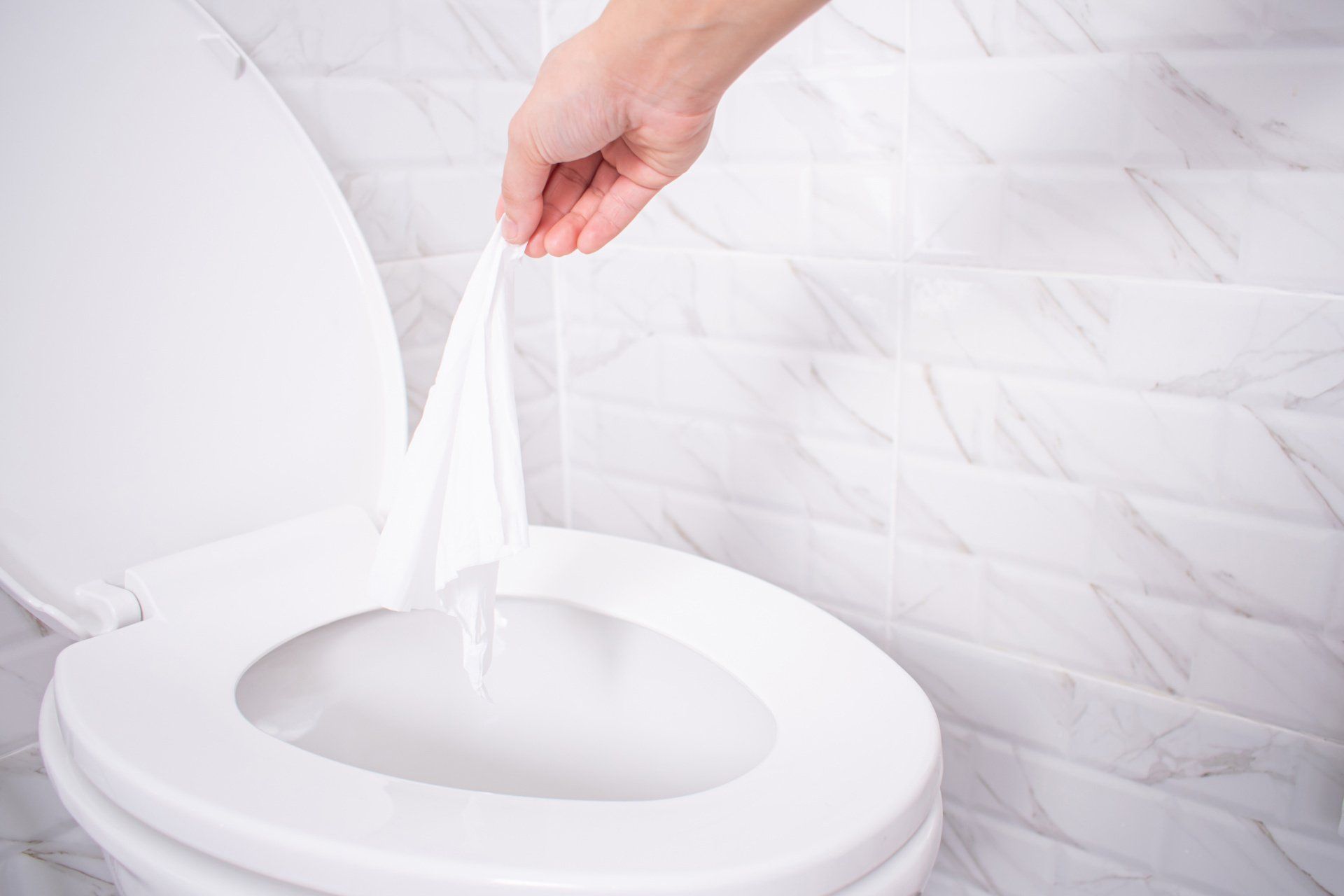Five tips to keep your pipes from freezing over this winter
January, February, and March are three of the coldest months of the year, and as such, we are entering the time of year where the pipes in your plumbing system are liable to freeze over if you aren’t extremely attentive and careful. Of course, the converse of that paints a much less gloomy picture: simply show some attention and care to your pipes during the winter, and they are much less likely to freeze- and cause a whole host of problems.
So, what do you have to do to keep your pipes from freezing?
Keep your house temperature at 65 degrees or warmer to help heat your pipes
Even if your thermostat is set several degrees above 32 (not that anybody keeps their house at 40 degrees anyway), the temperature inside your walls- where your pipes are- are always going to be significantly colder than the rest of the inside of your house, and that means your pipes are almost certainly going to freeze over anyway. So you need to keep your temperature substantially higher than 32 degrees to make sure that you compensate for that.
Keep your garage door closed to keep pipes from freezing
In the dead of winter, your garage is your gatekeeper against the cold. A garage typically doesn’t benefit from the warmth a thermostat can provide, so keeping it as warm as possible is a must. This goes double for garages that have water pipes running through them. Make sure that the garage door remains closed at all times (unless of course a car is actively entering or leaving it).
Apply heating tape to ensure your pipes don’t freeze
Heating tape, as its name would suggest, is an excellent way to provide the heat directly to your pipes so that they do not freeze. You have two ways to go with this option. One, automatic heating tape, which senses when your pipes are in need of a heat boost and turns on by themselves. Two, non-automatic heating tape, which you need to manually plug into an outlet and apply whenever it gets cold enough to merit it.
Let the water run (occasionally) to keep pipes from freezing
We’re not saying that you should allow water to run continuously throughout your house while nobody is using it, because that’s quite wasteful. But on the other hand, simply turning your faucet on and off every so often to allow even a trickle of water to run can be all your pipes need to keep from freezing over. The running, non-frozen water can do a little bit to impress its non-frozen temperatures upon the pipes it passes through. Just make sure not to turn up the temperature of the water too much, as extremely hot water can have its own set of adverse effects on your pipes.
Have you noticed an issue with your plumbing system recently? Are you in need of professional help to fix it? No need to worry, Beverly Plumbing is here for you. Contact us today!
You might also like



